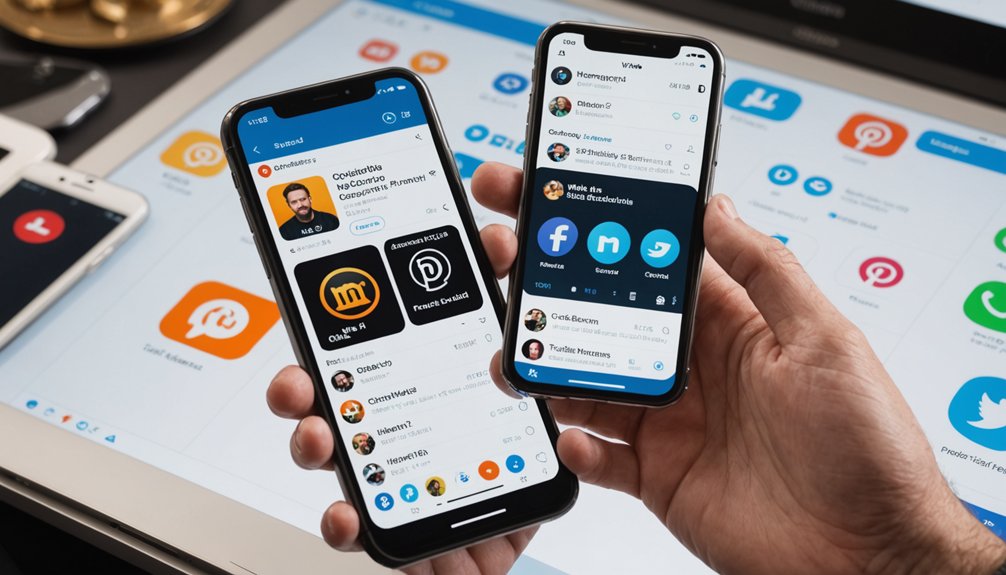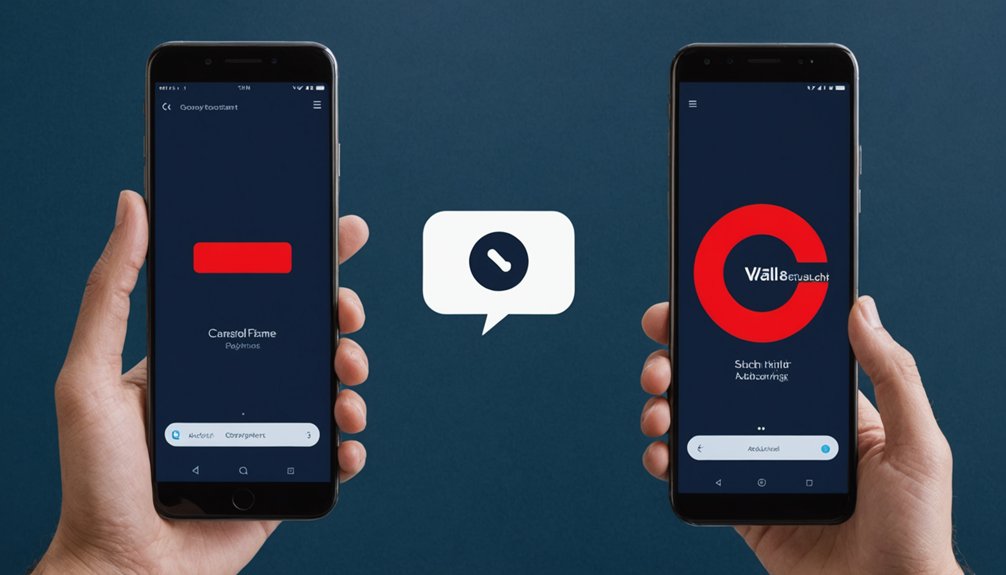Parody accounts mimic real entities on social media for satirical purposes. They walk a tightrope between comedy and misinformation, often fooling users who mistake them for genuine profiles. Platforms now require clear labeling—”parody” in bios or display names—to reduce confusion. Protected as free speech but regulated to prevent harmful impersonation, these accounts serve as cultural commentary with bite. The ethical line blurs when satire morphs into deception without proper signposting.

While social media has given everyone a voice, it’s also birthed a peculiar phenomenon: parody accounts. These digital doppelgangers exist primarily to satirize or ridicule individuals, brands, or organizations. You’ll find them lurking across platforms, though Twitter (now X) has become their natural habitat. They’re not trying to scam you—usually. Unlike fake accounts created for malicious impersonation, parody accounts aim for laughs or pointed critique.
The line between funny and harmful gets blurry fast. Many users mistake these satirical posts for genuine statements, spreading misinformation without realizing it. No joke. This confusion has pushed platforms to implement special labels identifying these accounts. If you’re not paying attention to those labels, that’s on you. Similar to how we distinguish between metaphors and similes in writing, understanding the difference between genuine and parody content requires careful attention to context and labels.
Ethically speaking, parody accounts walk a tightrope. They claim protection under free speech as a form of satire, but they’re constantly at risk of crossing into problematic impersonation territory. Platforms know this. They’ve developed policies trying to balance creative expression with responsible information sharing. Sometimes they fail spectacularly at this balancing act. Modern social listening tools help platforms monitor and analyze conversations around parody accounts to better understand their impact on user sentiment. Advanced real-time analysis systems are increasingly being deployed to identify potentially harmful parody content before it goes viral.
Parody accounts thrive in the gray area between protected satire and harmful impersonation, with platforms struggling to regulate the chaos.
Different platforms handle these accounts differently. Twitter requires clear labeling. Bluesky demands parody designation in display names and bios. X uses specific “Parody, Commentary, and Fan” labels to help users identify what they’re seeing. These aren’t just suggestions—they’re becoming mandatory on many platforms. Non-compliance with these labeling requirements can lead to account suspension on impersonation grounds.
When parody accounts aren’t properly identified, they contribute to our already messy information ecosystem. What starts as satire can quickly morph into misinformation or even disinformation. Sure, they’re meant to entertain, but they can deceive just as easily.
The legal ramifications aren’t trivial. Unlabeled parody accounts face potential legal action, especially if they cause tangible harm. They must comply with impersonation laws or face consequences. Despite these risks, they remain powerful tools for social commentary—holding a funhouse mirror to society and making us laugh (or cringe) at what we see.
Frequently Asked Questions
Can Parody Accounts Use Trademarked Logos or Brand Elements?
Parody accounts using trademarked logos walk a legal tightrope.
In the U.S., parody can be a defense—if it’s obviously satirical. Elsewhere? Not so much. The UK’s Trade Marks Act isn’t exactly friendly to unauthorized use.
Success hinges on avoiding consumer confusion. Smart parodists clearly label their work and modify logos enough to signal “this is satire, folks.”
No confusion, less legal trouble. Simple as that.
What Legal Protections Do Parody Account Creators Have?
Parody account creators get some decent legal cover.
First Amendment protections are their main shield, especially for political commentary. Fair use doctrine lets them borrow copyrighted material if they’re truly transforming it. Courts generally side with parodies that clearly label themselves accordingly.
But let’s be real—these protections aren’t bulletproof. Wealthy targets can still drag creators into expensive legal battles, regardless of who’s right.
How Do Platforms Differentiate Between Parody and Impersonation?
Platforms use specific criteria to draw the line.
It’s pretty straightforward—parody accounts must self-identify through labels, keywords like “Parody” at the beginning of names, and distinct profile images.
Impersonation? That’s deliberate deception without proper disclosure.
X requires parody accounts to use unique avatars, not copies of the original.
The intent matters too.
Deceiving users? That’s impersonation.
Clear satire with proper labeling? Parody.
Can Businesses Request Removal of Parody Accounts?
Yes, businesses can request removal of parody accounts, but success isn’t guaranteed.
If accounts properly follow platform rules with clear labeling as “Parody,” they’re typically protected.
The key factor? Confusion. Accounts that mislead users or violate trademarks face deletion.
Legal action often hinges on whether the parody causes actual harm.
X’s policies differentiate between harmless satire and damaging impersonation.
It’s a fine line, honestly.
Do Verification Systems Help Distinguish Genuine Accounts From Parodies?
Verification systems help—but they’re far from perfect.
Blue ticks and challenge-based methods like CAPTCHAs create barriers against impersonators.
Still, clever parody accounts find workarounds. Character limits in usernames can hide “parody” labels in feeds.
Even with Musk’s stricter rules requiring “fake” or “parody” in account names, users often miss these indicators.
The EU has criticized these systems.
Bottom line? They help, but don’t completely solve the problem.




